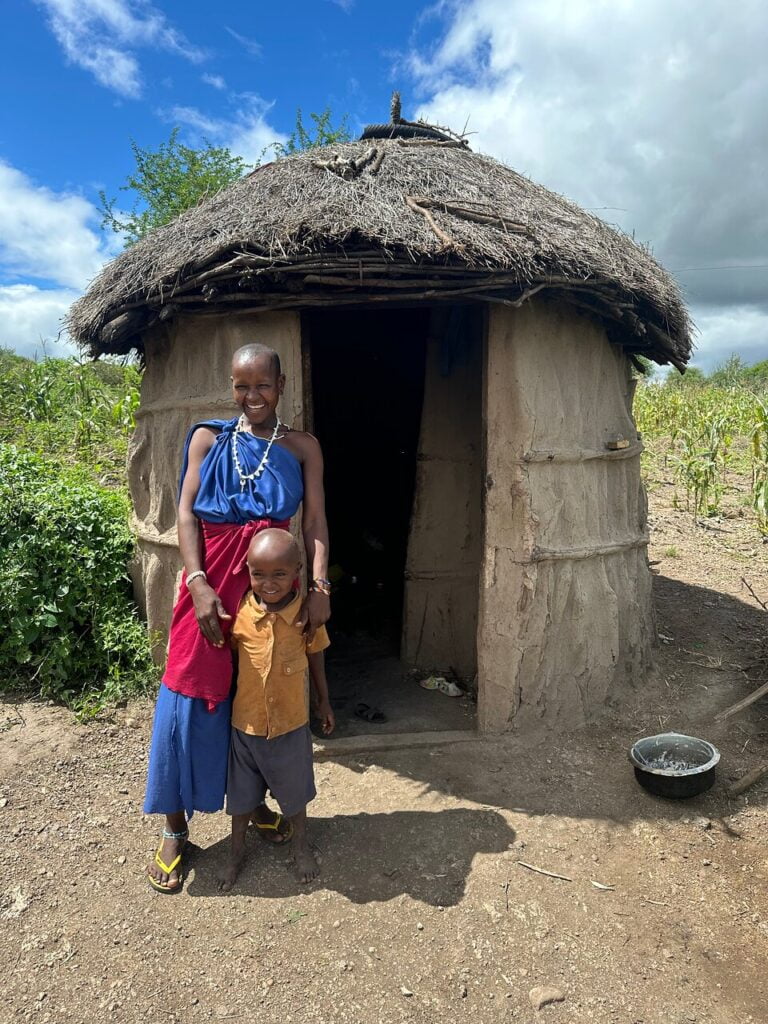Architecture serves as a tangible expression of cultural identity, reflecting the history, values, and innovations of a society. In Tanzania, architectural styles range from traditional mud huts to contemporary urban designs, each telling a unique story. This blog post delves into the diverse architectural heritage of Tanzania, highlighting traditional building techniques, modern influences, and the preservation of cultural landmarks.


Traditional Architecture
Swahili Coast Structures: Characterized by coral stone buildings, intricately carved wooden doors, and open courtyards, Swahili architecture reflects a blend of African, Arab, and Persian influences.
Maasai Manyattas: Semi-nomadic Maasai communities build manyattas using locally sourced materials like mud, cow dung, and thatch, creating structures that are both functional and adaptable to their lifestyle.
Chaga Stone Houses: In the fertile slopes of Mount Kilimanjaro, the Chaga people construct stone houses with thatched roofs, designed to withstand the region’s climatic conditions.
Modern Architectural Influences
Urban Development in Dar es Salaam: Tanzania’s largest city showcases a mix of colonial-era buildings, modern skyscrapers, and innovative eco-friendly designs, reflecting the country’s economic growth and modernization.
Contemporary Design Trends: Modern Tanzanian architects are blending traditional motifs with contemporary styles, creating buildings that honor cultural heritage while embracing modern functionality and aesthetics.
Cultural Landmarks and Heritage Sites
Bagamoyo: This historic town features a blend of Swahili, German, and British architectural styles, serving as a testament to Tanzania’s colonial past and cultural interactions.
Stone Town, Zanzibar: A UNESCO World Heritage Site, Stone Town is renowned for its narrow streets, ornate doors, and historic buildings that encapsulate the essence of Swahili culture.
Sustainable and Eco-Friendly Architecture
Earth-Friendly Building Techniques: Traditional building methods using natural materials are being revitalized to promote sustainability and environmental harmony in modern constructions.
Green Buildings: Contemporary projects incorporate green technologies, such as solar panels and rainwater harvesting systems, aligning with global sustainability trends while respecting local traditions.
Architectural Tours on Safari
Future African Safari offers architectural tours that explore Tanzania’s diverse building styles, from traditional villages to modern urban centers. These tours provide guests with a comprehensive understanding of how architecture reflects and shapes Tanzanian culture.
Conclusion
Tanzania’s architectural landscape is a rich tapestry woven with traditional craftsmanship and modern innovation. From the sacred structures of the Swahili Coast to the dynamic urban designs of Dar es Salaam, architecture in Tanzania embodies the nation’s cultural diversity and evolving identity. Embark on a safari with us to discover the architectural marvels that define Tanzania, where every building narrates a story of heritage, resilience, and progress.



